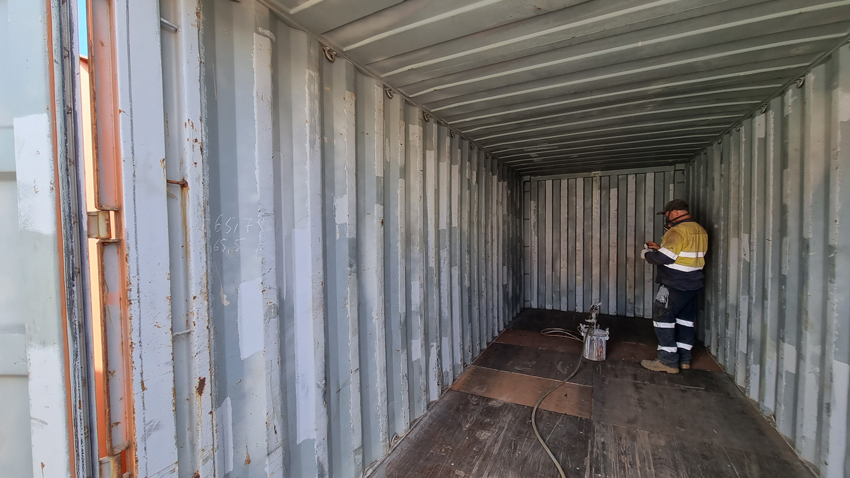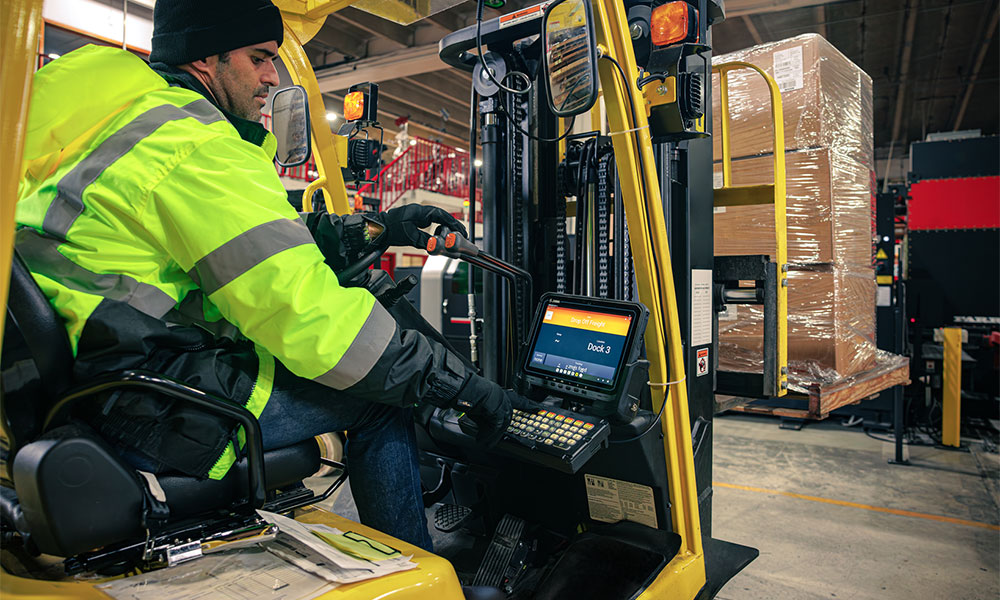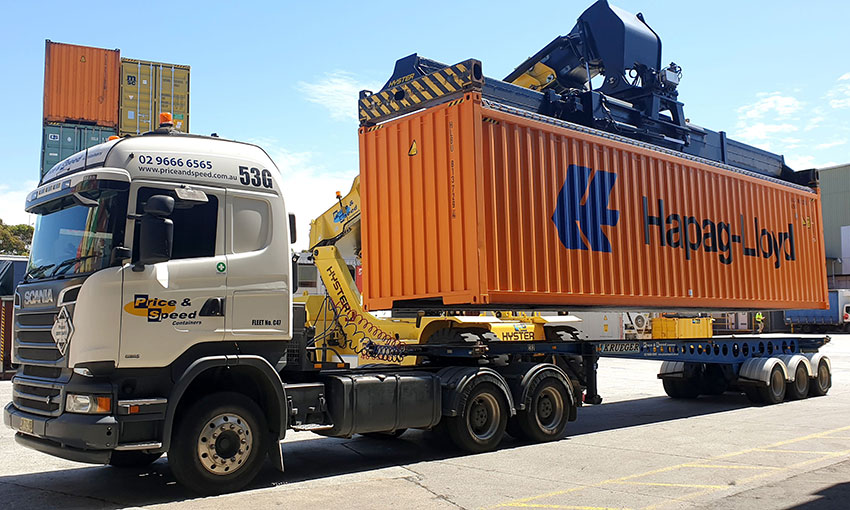See the Nutriskin™ application process in the video below:
Since 2012, Aquio has invested heavily in numerous trial and error innovation processes to match the efficacy of water-based coatings to solvent-based coatings and creating a product that matches the upfront costs of the coating itself. Through this process, we have had numerous attempts, focusing heavily on the drying time of water versus solvents. Let’s face it, solvents dry faster due to their chemical nature, so closing this gap has been a huge challenge. Our new formula is the closest we’ve ever been and in moderate temperatures and humidity, meets this challenge.
For so long, the lower cost of solvent-based chemicals in the construct of coatings formulations has been hard to beat. Solvents have been cost effective for years, although through the course of 2020 and 2021, this has changed dramatically, with solvent base components growing 35 to 40 per cent in wholesale price, making water-based options the cheaper alternative. This switch in affordability brings with it, all the benefits of water, eliminating the cost versus benefit debate.
Aquio proudly announces the availability of a locally developed, world class solution to reducing carbon footprints, improved safety, environmental outcomes, and lowering the cost of container coatings.
We have been able to achieve this with a product that offers a 15% cost reduction versus traditional solvent-based coatings. The traditional price advantage of solvents versus a water-based solution, has now reversed, allowing us to supply the same amount of coatings product at a 15% price advantage over traditional solvent-based products.
Not only that, the spread rate of our water-based coatings is up to 1.3 times that of solvent-based products (based on substrate profiling), so not only do you save money in the cost of the coating, but you can also make it go 30% further and dry it at the same time as your traditional solvent-based product, at normal temperate operating temperatures.
We know it works and we are now supplying it to several major customers who are realising the benefits of using it. Its efficacy is equal to existing solvent-based coatings previously used, and its drying rate has been brought much closer to that of solvent centric formulations, particularly in moderate temperatures, humidity, and application environments.
To summarise, the numbers are simple, with opportunities for further savings depending on your business.
DIRECT COST SAVINGS
- 15% saving per litre in product cost,
- 30% increase in coverage
These cost savings translate into a minimum 15% saving, and a maximum of 35% with optimum application rate of 1.3 versus solvent based at 1.0. This translates into significant savings based on a range of container volumes, using the following exemplar.
No. of containers PA
Potential Savings
(Materials only)
10,000
$78,800
20,000
$157,600
30,000
$236,400
40,000
$315,000
50,000
$394,000
No. of containers PA /
Potential Savings
10,000
$78,800
20,000
$157,600
30,000
$236,400
40,000
$315,000
50,000
$394,000
(Materials only)
No. of containers PA /
Potential Savings
10,000
$78,800
20,000
$157,600
30,000
$236,400
40,000
$315,000
50,000
$394,000
(Materials only)
INDIRECT COST SAVINGS
- Reduced costs for storage and handling of DG (Dangerous Goods),
- Waste management savings (non-solvent waste),
- Major reduction in Protective Equipment requirements (flameproof tooling, hoists, lighting),
- Improved health and safety costs and environment for applicators with reductions in PPE,
- Improved worker health, reducing propensity for sick days, respiratory concerns,
- Low investment costs for ongoing application and environmental footprint,
- Reduced supply chain risks and storage adjacencies,
- Reduced worksite insurance costs (reduction in DG handling & storage, application),
- Ultra-low VOC (Volatile Organic Compound) applicable to the architectural sector, translating into industrial preferences,
- Supports the sustainability goals of the shipping and container industries.






